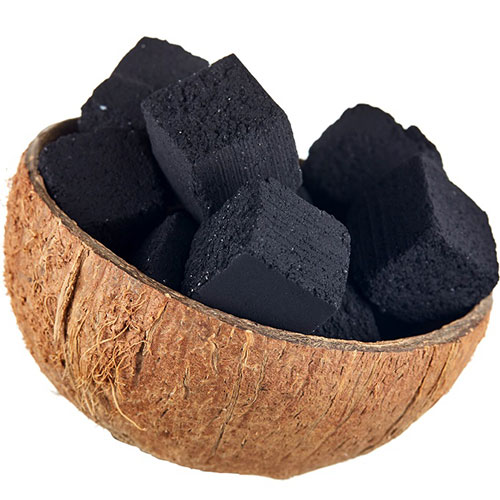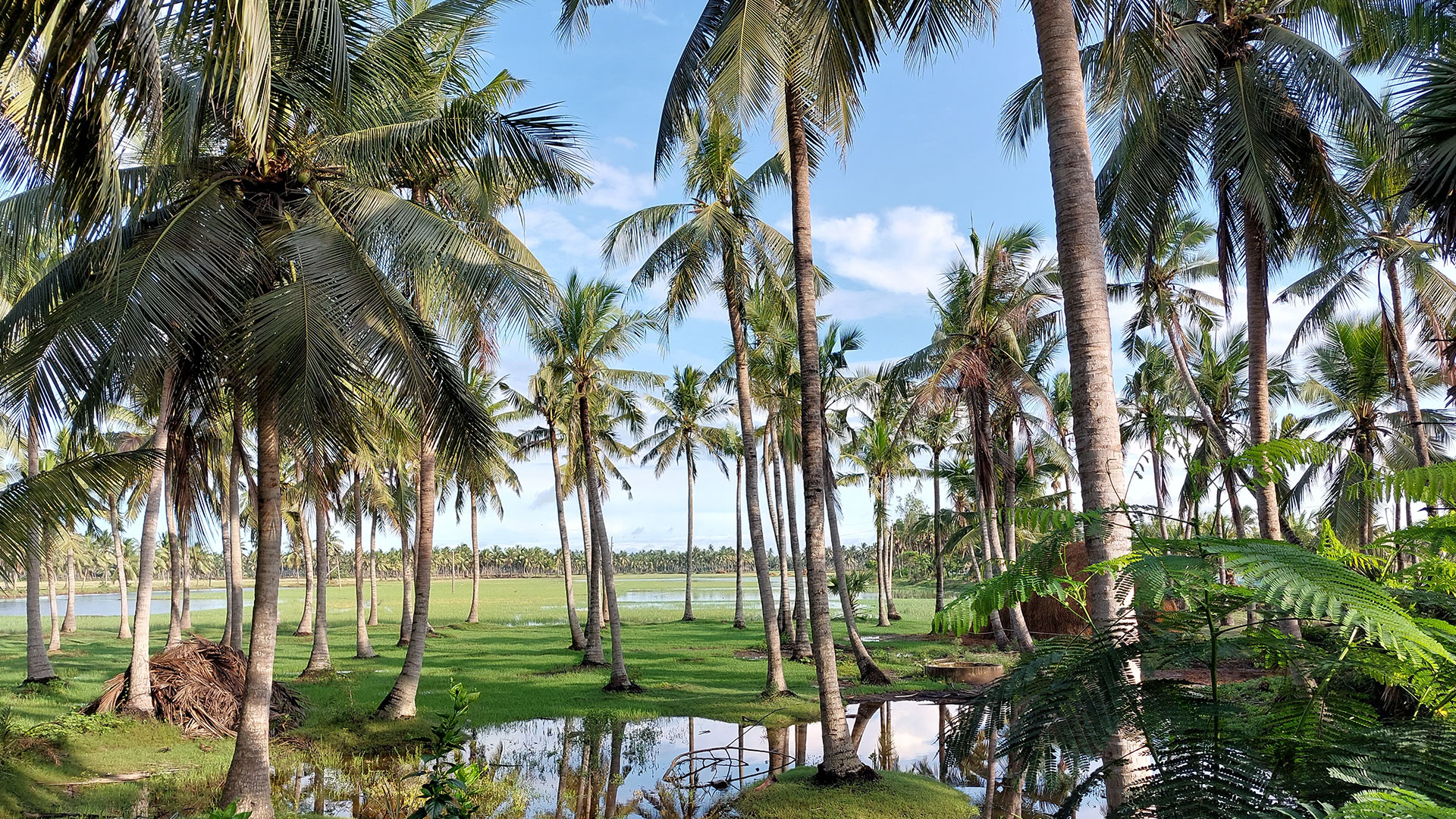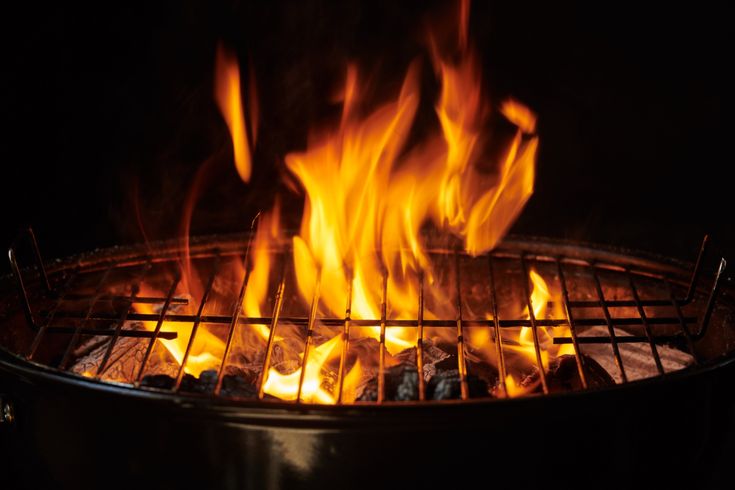Buyers often prefer Indonesian briquettes due to their top-quality products. In the previous article, we discussed why Indonesian briquette products have gained global popularity. Their excellent quality has attracted many buyers. In this article, we will compare the quality of Indonesian coconut briquettes with those from other countries. Key factors such as burn time, calorific value, environmental impact, and overall performance will be discussed.

1.Comparison with Other Coconut Briquette Producers
Several countries, including the Philippines, India, Sri Lanka, and Vietnam, also produce coconut briquettes. Each has its strengths, but differences exist when comparing their products to those made in Indonesia.
a.The Philippines: A Competitor in the Market
The Philippines is a key competitor for Indonesia in the coconut briquette market. While Philippine coconut briquettes offer good quality, their calorific value (around 6,500 to 7,000 kcal/kg) is typically lower than Indonesia’s. These briquettes are often more affordable, but their higher moisture content can reduce burning efficiency. Additionally, the ash content tends to be slightly higher, requiring more cleanup after use.
The Philippines produces a large volume of coconut briquettes, targeting price-sensitive markets. In contrast, Indonesian briquettes are preferred in premium markets like Europe, where high performance and environmental standards are essential.
b.India: Smaller-Scale Production with Varied Quality
India produces coconut briquettes, but they are generally of lower quality than Indonesian ones. Indian briquettes typically have a calorific value between 5,500 and 6,500 kcal/kg. The production processes in India vary significantly, leading to inconsistent quality. Briquettes from India also have higher moisture content, which reduces burn efficiency.
While Indian briquettes are sold at lower prices, their quality often makes them less competitive in performance-driven markets like barbecue and grilling.
c.Sri Lanka: High-Quality but Limited Supply
Sri Lanka is recognized for producing high-quality coconut charcoal, similar to Indonesia. Their briquettes have a calorific value of 7,000 to 7,500 kcal/kg, placing them in direct competition with Indonesia. However, Sri Lanka’s production capacity is smaller, and their focus is on niche markets, particularly high-end BBQ consumers.
Despite comparable quality, Sri Lanka’s limited supply and higher production costs make their briquettes less accessible than Indonesia’s, which benefits from a larger manufacturing base and stronger export infrastructure.
d.Vietnam: Emerging Producer with Competitive Pricing
Vietnam has begun making strides in coconut briquette production, though their products are still relatively new compared to Indonesia. Their calorific value is similar to that of the Philippines (around 6,500 to 7,000 kcal/kg), with slightly higher moisture content. However, Vietnam’s coconut briquettes are priced more competitively, making them a popular choice in price-sensitive markets, even though they may not meet the expectations of premium customers.
2.Why Indonesian Briquettes Stand Out
Several factors contribute to why Indonesian coconut briquettes are often considered the best in the market:
- Scale and Expertise: Indonesia has years of experience in producing coconut products. Its briquette industry benefits from a well-established infrastructure and a steady supply of raw materials.
- Advanced Production Techniques: Indonesian manufacturers invest in modern equipment to ensure consistent quality and uniformity in the briquettes.
- Strict Quality Control: Many Indonesian manufacturers follow international standards and certifications, ensuring that their products meet the high expectations of global markets.
- Environmental Impact: Indonesia’s focus on sustainability, using waste materials like coconut shells, aligns with the growing global demand for eco-friendly products. This renewable approach ensures Indonesian briquettes are seen as a green alternative to traditional fuels.
3.Conclusion
Indonesian coconut briquettes are widely considered to be one of the highest quality coconut briquettes available on the global market. Its superior heating value, clean burning properties, low water and ash content, and consistent shape make it a top choice worldwide, especially in markets that demand high performance and environmental sustainability. Although the Philippines, India, Sri Lanka and Vietnam also produce coconut briquettes, Indonesia’s experience, infrastructure and commitment to quality make its products superior in terms of performance and reliability. As demand for sustainable fuel increases, Indonesian briquettes will continue to lead the global market.
If you are looking for a supplier of coconut charcoal briquettes, please visit our website.cocopowers.com



